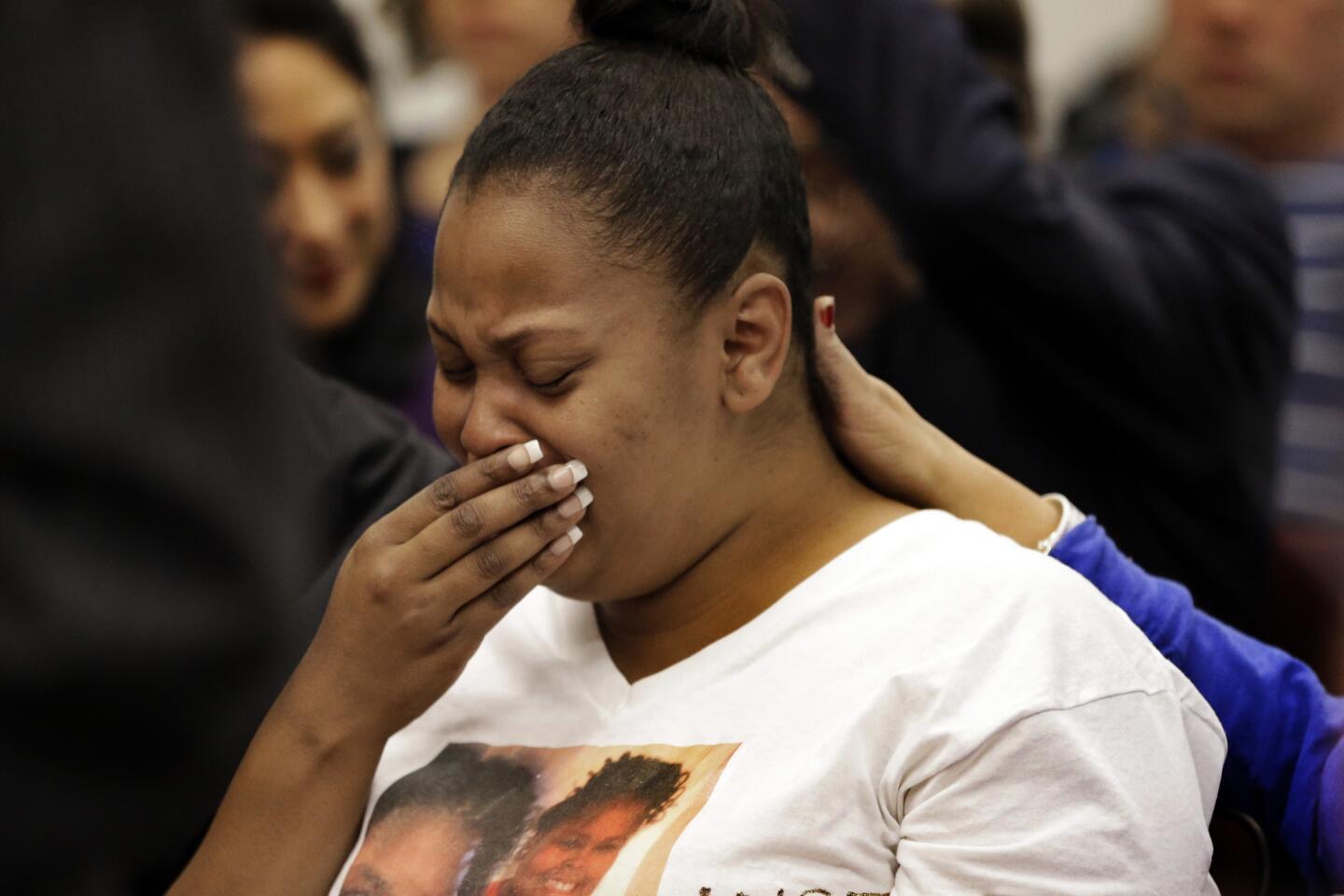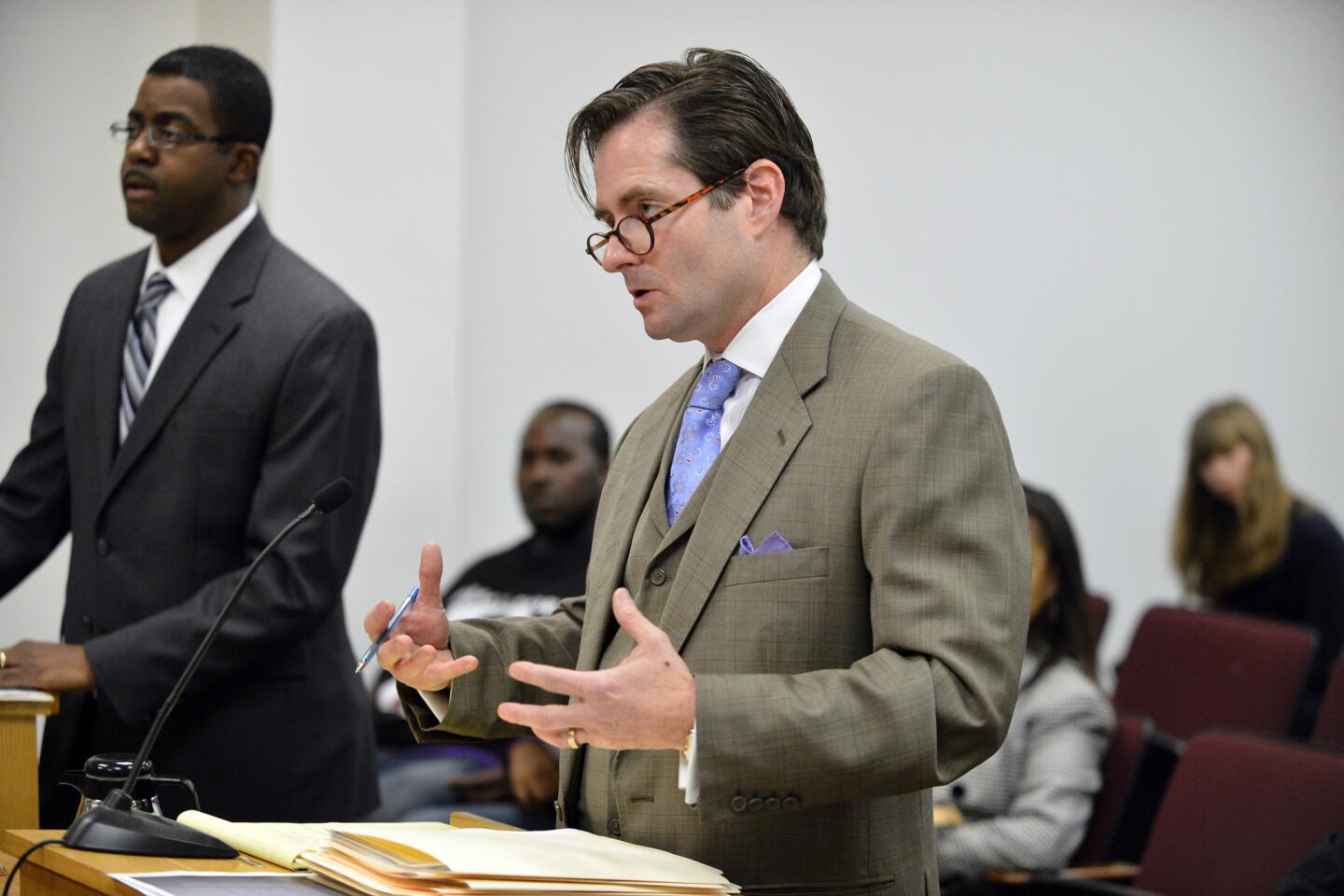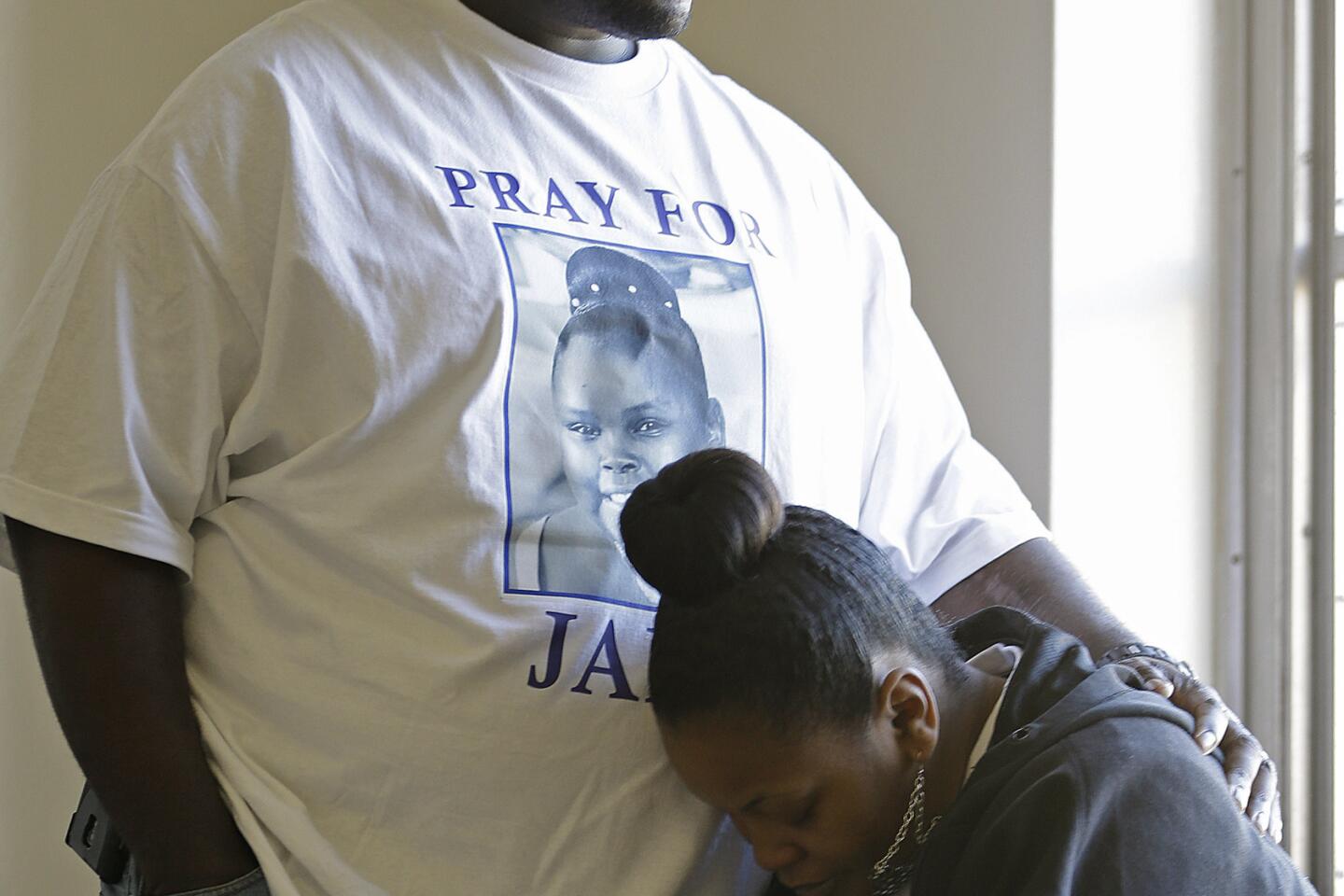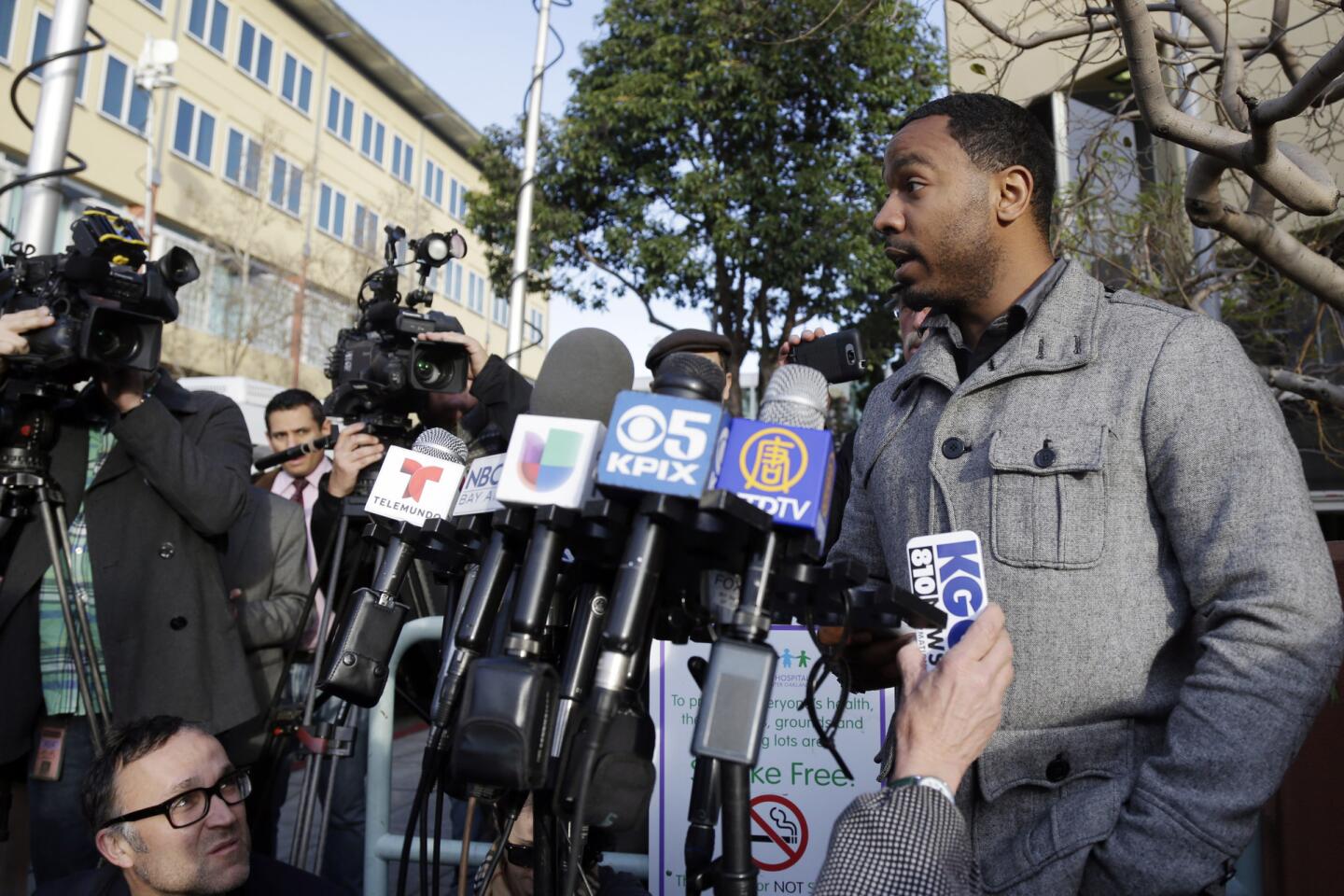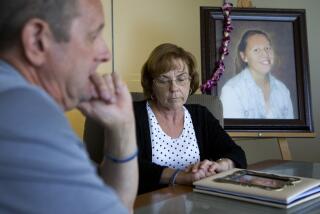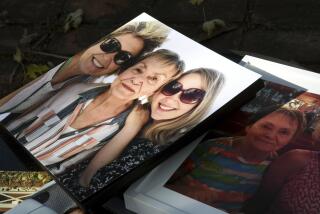Jahi McMath Q&A: Can brain death be reversed?
OAKLAND -- Jahi McMath, a 13-year-old Oakland girl, underwent complex surgery at Children’s Hospital Oakland on Dec. 9 to remove her tonsils, adenoids, uvula and bony structures from her nose. She was declared brain-dead three days later, after she went into cardiac arrest, lost oxygen to her brain and suffered extensive hemorrhaging.
Tests by multiple neurologists confirmed that Jahi was unable to breathe without a ventilator, had no blood flow to her brain and no sign of electrical activity. The ventilator has kept her lungs and heart working and her body warm, although she is legally dead. Her family maintains she is “alive” and has reportedly moved her to another facility in hopes she will “recover.”
Here are a series of questions and answers about the nature of brain death, based on interviews with experts in bioethics, California law and the Alameda County coroner’s office.
What is brain death?
There has been broad consensus for decades that “irreversible cessation of all functions of the entire brain, including the brain stem” constitutes one of two legal definitions of death. (The other is “irreversible cessation of circulatory and respiratory functions.”) A Harvard Medical School committee first put forth the standard in 1968, and in 1981 a presidential council proposed a uniform statute to be adopted nationwide. It was endorsed by the American Medical Assn., the American Bar Assn. and the National Conference of Commissioners on Uniform State Laws, which published it as the “Uniform Determination of Death Act.”
Another presidential council that took up the issue in 2008 reaffirmed that “whole brain death” is legal death. Forty-five states have affirmed “death by whole brain criteria” as legal death through legislation (California’s is Health and Safety Code Section 7180) and the remaining states have done so by judicial doctrine.
Can whole brain death be reversed?
No. People make mistakes and medical professionals are among them. So it is possible that brain death can be declared incorrectly. That is why two independent neurological examinations are required. When neurological tests show no blood flowing to the brain, as they did in the case of Jahi McMath, there is no chance that the condition will reverse. Brain cells die without blood flow and autopsies in such cases have shown that the brain liquefies.
What does it mean if a brain-dead body on a ventilator moves?
There is medical consensus that these are “spinal reflex movements” that do not generate from the brain. Such movements frequently reported in medical literature include undulating toe movements, unusual facial movements, abnormal body posturing, respiratory-like movements, hugging-like motion, eyelid opening, head turning, limb elevation with neck flexion and other spinal reflexes.
How long can someone declared brain-dead maintain heart and lung function while on a ventilator?
The brain-dead body on a ventilator is a body in decline. However, there have been cases when blood flow to the body can be maintained for months. This mainly occurs when the body of a brain-dead pregnant woman is used to incubate the fetus, until such time as a live delivery is possible.
Do families have rights to determine when a hospital unplugs the ventilator in cases of brain death?
No, only to a brief period of accommodation. California Health and Safety Code Section 1254.4 states: “A general acute care hospital shall adopt a policy for providing family or next of kin with a reasonably brief period of accommodation…from the time that a patient is declared dead by reason of irreversible cessation of all functions of the entire brain, including the brain stem, in accordance with Section 7180, through discontinuation of cardiopulmonary support for the patient. During this reasonably brief period of accommodation, a hospital is required to continue only previously ordered cardiopulmonary support. No other medical intervention is required.”
The statute defines a “reasonably brief period” as “an amount of time afforded to gather family or next of kin at the patient’s bedside.”
Did the Jahi McMath case change case law in this case or is it likely to do so?
No.
When was Jahi McMath declared dead?
The Alameda County Sheriff’s Coroner’s Bureau was notified by Children’s Hospital Oakland of Jahi’s death on Dec. 12. The Coroner’s Bureau issued a death certificate Friday, Jan. 3.
How did Jahi’s family obtain possession of her body?
Children’s Hospital Oakland, in accordance with an agreement mediated by a federal magistrate, released the body to the Alameda County Sheriff’s Coroner’s Bureau on Sunday. The Coroner’s Bureau then released the body to the family. It is rare but not unheard of for the coroner to release a body to a family and not to a funeral home. For example, this happens in cases where a family has a religious practice they wish to observe.
To meet the legal requirements to take possession of the body, a family must have a death certificate and a “disposition permit.” In this case, the latter was issued by Alameda County Vital Records. Disposition permits are issued after the family satisfactorily explains what they plan to do with the body.
What about an autopsy?
Jahi McMath’s death is the type of case that falls under the jurisdiction of the coroner’s bureau. However, by statute the coroner has discretion to determine the level of inquiry to be conducted. Since the body has been released to the family it is possible that there will be no autopsy.
Can maintenance of cardiopulmonary functions by a ventilator affect the ability to determine cause of death during an autopsy?
It can. But that depends on the cause of death. The ventilator can cause changes in the body that in some cases can make cause of death difficult to determine.
ALSO:
Airbnb ‘party house’ in Glendale shut down after police visits
LAX flights affected by deep freeze in Midwest and on East Coast
MMA fighter Tito Ortiz arrested on suspicion of DUI after L.A. crash
Twitter: @leeromney
More to Read
Sign up for Essential California
The most important California stories and recommendations in your inbox every morning.
You may occasionally receive promotional content from the Los Angeles Times.
